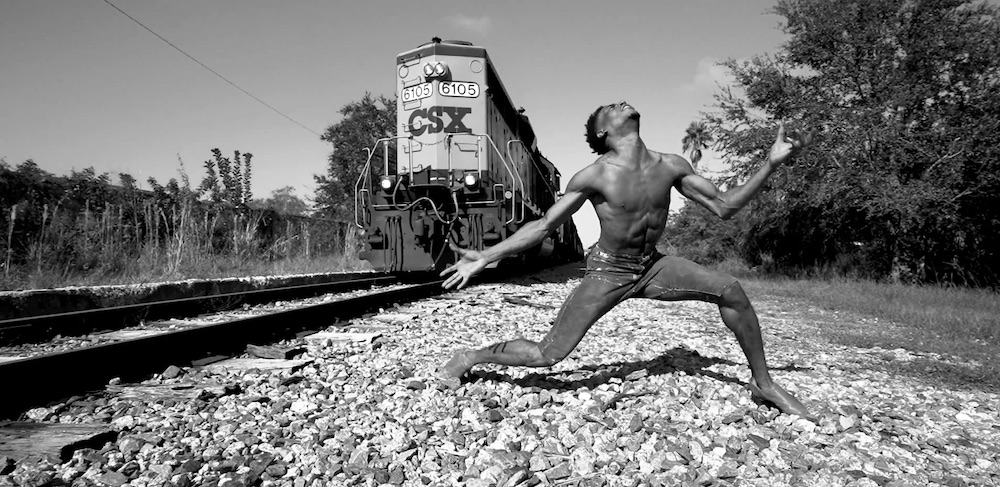Premiered February 3, 2021.
Available through Facebook and YouTube.
“It’s an artist’s duty to reflect the times,” Nina Simone once said. Issues of race and justice have been particularly amplified in the ether lately. Of course, these are issues that people of color have always been aware of and spoken up on — because they’ve lived them. Yet artists of color are reflecting the time’s heightened conversation around issues of equity with their keen, courageous creations. Complexions Contemporary Ballet exemplifies this trend with their film series Black is Beautiful — a work that puts the humanity of their dancers of color front-and-center.
This review examines the first film in this four part series. The company premiered the film itself within a program sharing aspects of the work’s creative process, how the company is staying resilient through these unprecedented and unpredictable times, and snapshots into the company’s overarching mission and vision.
Within this program, spoken word artist Terrell Lewis, Founder of Da Poetry Jam, describes aspects of working with the company to create the work’s score — underscoring the power of different art forms coming together and an attitude of broad possibility in dancemaking. Misty Copeland introduces the work itself, vividly describing it as a “a call for healing and celebration….an invitation to people of all races to reflect on the pain and promise of this moment with tempered optimism and a deep knowing that better days are coming.”
The film opens on a Black man dancing in a concrete environment, moving with awareness of his own internal space as well as the space around him. Shots of his movement are interspersed with those of BLM protesters. Following that a close-up on the words of “BLM” painted onto a building’s outer wall, made up of the names of unarmed Black people killed by police officers. Interspersed with those are shots of Black dancers, which don’t flash by — rather, they remain and breathe for a moment. These shots take the time to shine light on these dancers’ humanity.
Through black and white coloring, pedestrian clothing, and the authentic rawness of an urban setting, the aesthetic assists in that putting of these dancers’ humanity front-and-center; it all seems purposefully, and powerfully, unmanicured. There is a striking beauty to that rawness.
Soon after those shifting shots is a solo danced right in front of those BLM words. Along with the passionate, sometimes fiery words of the spoken word accompany her, this dancer moves with accents and in a clear contemporary ballet idiom — clear and placed, but in no way rigid and very much moving in her own body’s — and soul’s — truth. Kicking high feels like reaching for light and hope, and bending deeply into a plie feels like grounding in her strength.
A duet follows, one with dynamic and memorable movement vocabulary but also — following a tempo shift in the accompaniment to something smoother and more moderate — more of a softness and continuity than in the previous solo. A snaking, curvilinear port de bras has a foundation of a deep plie in second position — the freeform, the unconventional with a foundation of the known, the codified.
Further sections offer different combinations of dancers and movement qualities — trios to solos to duets, more punctuated to steadier in rhythm. This multiplicity of movement qualities and tempos aligns with the multiplicity of the dancers on screen — dancing together, but so clearly their own movers and their own humans. Interspersed are shots of them simply standing, facing the camera, just as themselves. These are further spotlights on their humanity. Standing, gazing, being — it’s enough. That’s how they end — the camera panning out to include more of them standing, being, gazing.
With their humanity clear, it’s very much more than enough — it’s powerful. Earlier on in the presentation, a montage includes the words flashing “Nothing to prove…everything to offer.” The dancers standing, gazing, being — and, in truth, the whole work — feels like an embodiment of those words. The dancers give everything through their movement and their presence, but not because they have anything to prove. They in fact do not, because their energy, their presence, their very humanity is clearly enough.
By Kathryn Boland of Dance Informa.















